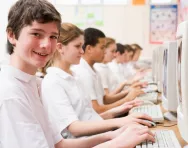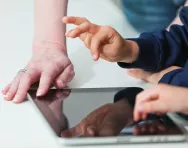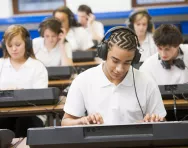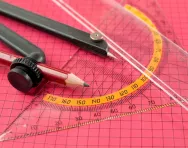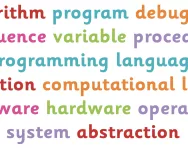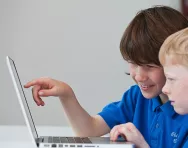TheSchoolRun.com closure date
As we informed you a few months ago, TheSchoolRun has had to make the difficult decision to close due to financial pressures and the company has now ceased trading. We had hoped to keep our content available through a partnership with another educational provider, but this provider has since withdrawn from the agreement.
As a result, we now have to permanently close TheSchoolRun.com. However, to give subscribers time to download any content they’d like to keep, we will keep the website open until 31st July 2025. After this date, the site will be taken down and there will be no further access to any resources. We strongly encourage you to download and save any resources you think you may want to use in the future.
In particular, we suggest downloading:
- Learning packs
- All the worksheets from the 11+ programme, if you are following this with your child
- Complete Learning Journey programmes (the packs below include all 40 worksheets for each programme)
You should already have received 16 primary school eBooks (worth £108.84) to download and keep. If you haven’t received these, please contact us at [email protected] before 31st July 2025, and we will send them to you.
We are very sorry that there is no way to continue offering access to resources and sincerely apologise for the inconvenience caused.
What's taught in Key Stage 3 computing
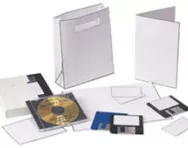
In Key Stage 3, computing lessons focus on computer science, where children learn about the principles of information and computation, how digital systems work, and how to use information technology to create their own programs and systems. The curriculum aims to equip them to use, express themselves and develop their ideas through computer technology at the level needed for the future workplace.
What children learn
In computing, students should be taught to:
- understand and use the basic principles and concepts of computer science, including abstraction, logic, algorithms and data representation
- analyse problems in computational terms, and write computer programs to solve these problems
- evaluate and use IT to solve problems
- use ICT reponsibly, confidently and creatively.
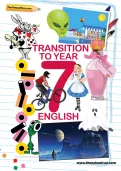
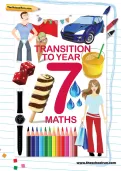
FREE Year 6 to 7 transition packs
- English & Maths transition packs
- Practise journalistic writing, figurative language, persuasive text and more
- Revise key maths methods and concepts
Lesson examples
Here are the kinds of things your child might learn at school:
- A group of year 7 pupils are introduced to the school intranet and asked to create guidelines for using the system. The guidelines could take the form of a desktop-published handbook or a multimedia presentation. The class learns how to log on to the network, launch applications, access shared files and save work into their own area.
- Year 8 children learn about the hardware and software components of a computer, and how they communicate with each other and with other systems
- Year 9 pupils use programming language to create a virtual pet that will die if it's not taken care of.
Help your child at home
- If you can, try to provide opportunities for your child to use a wider range of information communication technology, such as keyboards, remote control devices, recording equipment or even doing the shopping for you on the internet (although you may want to enter your card details yourself!).
- Encourage your child to make the most of the computer to improve the presentation of homework by using text, graphs, pictures, sound or video and so forth.
- Researching up-to-date information from secondary sources like the internet or a multimedia encyclopaedia can make a difference to marks. However, remember to talk to your child about dangers of copying work.

